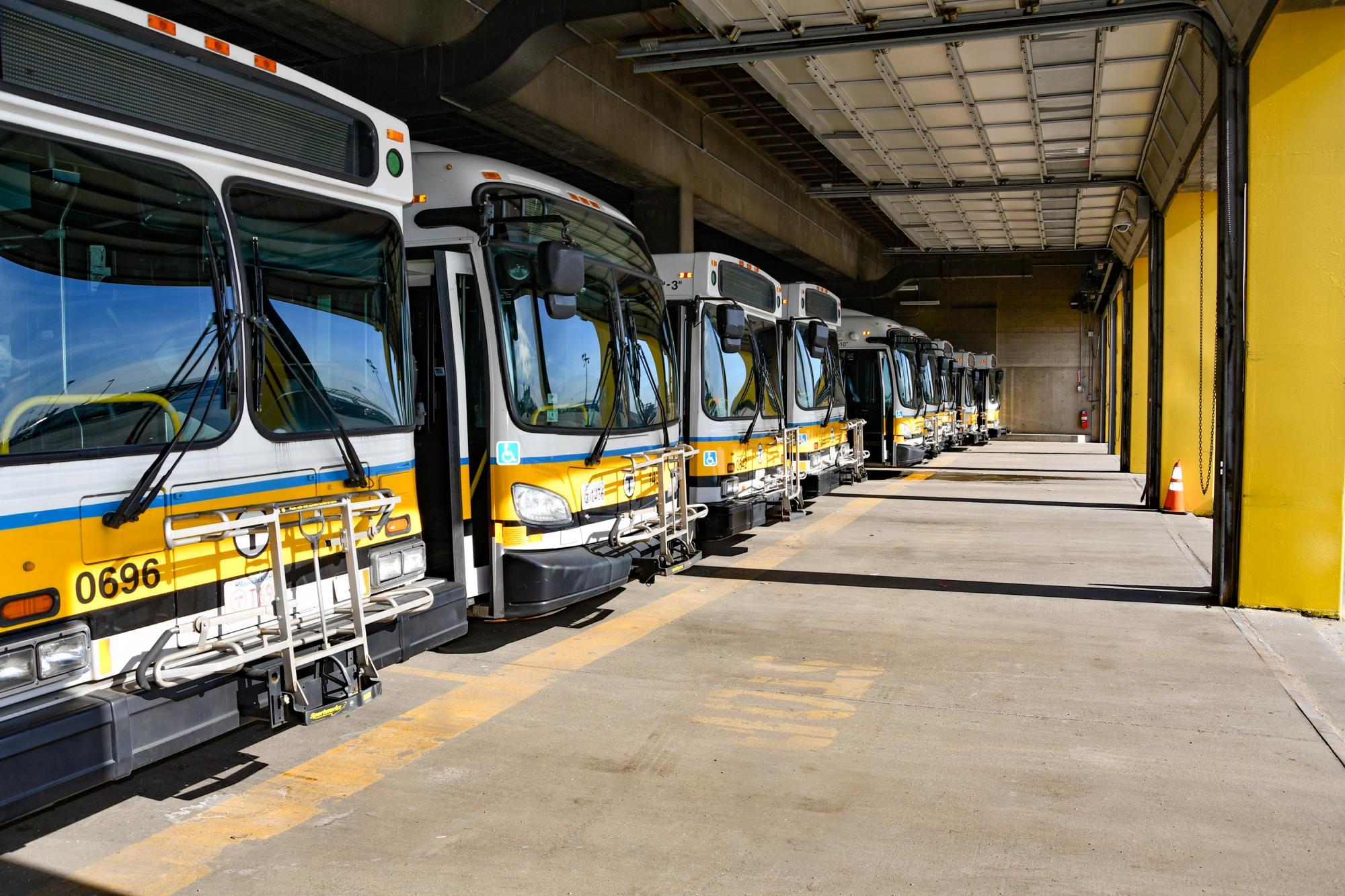Last week, Skeleton Technologies was invited to join Estonia’s Prime Minister Kaja Kallas in an official visit to Norway to increase green energy cooperation and support the implementation of innovative energy solutions.
The Estonian business delegation involved representatives of Saare Wind Energy, Sunly, Estonian Wind Association, Stargate Hydrogen, Estonian Hydrogen Cluster, BLRT Grupp/Marketex Offshore Constructions, Estiko Energy, Fusebox, Gridio, Inspirators!, Pohla & Hallmägi, Operail, PowerUP Energy Technologies, Roofit Solar, TS Shipping, and Harju County Development Consultancy. Skeleton Technologies was represented by our Head of Public Relations and Government Affairs, Arnaud Castaignet.

The key part of the visit for Skeleton was the Estonian-Norwegian Energy Cooperation business event. Arnaud Castaignet spoke at the panel discussion about hydrogen and innovation in Europe, together with Thorsten Herbert, Director for Market Development and Public Affairs, NEL, Kristoffer Dahlberg, CFO, Aker Clean Hydrogen, Lars Ole Bjørnsrud, Director Marketing Communications Subsea and External Relations, TechnipFMC, Sven Parkel, CEO, Estonian Hydrogen Cluster, Georg Rute, VP Business Development, Stargate Hydrogen, Raymond Bjøntegård, COO, H2Carrier, Fredrik Mowill, CEO, Hystar.
Skeleton already works with partners from the hydrogen sector such as Wrightbus, a leading bus OEM headquartered in Northern Ireland. Hybridisation of fuel cell vehicles with ultracapacitors reduces the stress on fuel cells and benefits the vehicles’ fuel economy, allowing them to function more efficiently and increasing the overall range of the system. But ultracapacitors’ role can also be critical on the other end of the value chain, during the process of producing hydrogen. Hydrogen production itself needs to become clean, renewable and low-carbon. Most hydrogen today is produced from fossil fuels. What we call “green hydrogen” or “renewable hydrogen” is hydrogen made by splitting water into hydrogen and oxygen, with water electrolysis process powered by electricity generated by wind or solar power. According to Bloomberg NEF, the cost of the electrolyser technology to do this has fallen by 40% in the last five years and can continue to slide if deployment increases. Therefore, electrolysers are increasingly being constructed in locations next to wind or solar power plants. However, such energies tend to be intermittent and fluctuate according to the weather conditions, which can cause spikes in energy production. Ultracapacitors provide the solution, by levelling the electrical power load and providing fill-in power when it is temporarily underperforming such as when wind speed drops, and storing energy during times of optimal renewable conditions for later use. Ultracapacitors are therefore key to allow clean hydrogen production and instrumental in helping hydrogen fuel cells vehicles to function more efficiently.
In Norway, 98 percent of the electricity production come from renewable energy sources. Hydropower is the source of most of the production. It is not the case everywhere in Europe, which is why we also emphasised the need to accelerate Europe’s transition to decarbonised electricity in order to focus on renewable hydrogen and not so-called black or grey hydrogen, which would result in an increase in carbon emissions.
The production and the use of renewable hydrogen do not result in carbon emissions. In Europe’s decarbonised future energy system there is no place for fossil fuels, in either electricity generation or in hydrogen production. That’s why the European Commission sees renewable hydrogen as most compatible with its Green Deal objective of carbon neutrality by 2050. In its Hydrogen Strategy the European Commission in 2020 pledged to ramp up electrolyser capacities for renewable hydrogen to 6 GW by 2024 and 40 GW by 2030. The strategy also includes targets for the production of renewable hydrogen: 1 million tonnes by 2024 and 10 million tonnes by 2030. From 2030 to 2050, renewable hydrogen technologies will reach maturity and will be deployed at a large scale across all hard-to-decarbonise sectors.
To achieve these goals, ultracapacitors will have an important role to play, which is why this business visit was a good opportunity to engage with Norwegian and Estonian fast-rising hydrogen sectors.
This article was originally published by Skeleton Technologies.








